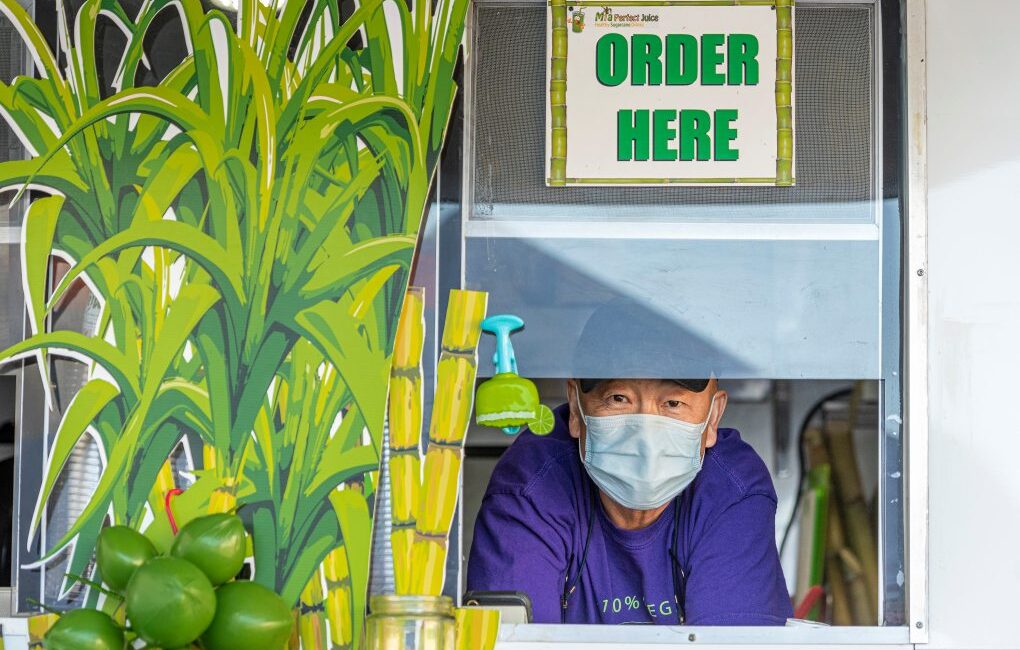Our lives have changed. Amid a pandemic, good health is inextricably linked to workers safely getting back to work, customers safely returning to shops, patrons to restaurants and children to school. Face coverings, distancing, cleansing have all worked to bring down infections in other countries, and folks here are beginning to take the protocols seriously so that some sense of normalcy will return.
Every day California’s Legislature and governor consider bills and executive orders to protect the health of workers and unions. However, employers are whipsawed between closure orders and reopenings.
Even so, smart employers have embraced new health protocols and business processes in order to operate in a safe, responsible manner, consistent with public health orders. They have innovated. They have changed. They are doing everything they possibly can to protect their workers and give confidence to their customers.
Ultimately, as folks return to work, health risks can be reasonably managed, but not entirely eliminated. Some workers will get sick with COVID-19 while on the job. But for over 100 years, the state’s workers compensation laws have provided a no-fault way to take care of their health. All a worker need do is present evidence that an injury or illness was connected to work — some relationship between the injury or illness and her job — and health-care costs are covered.
But with stay-at-home orders, many employees are teleworking, and “workplace” injuries must be looked at in new ways. OSHA does not do in-home evaluations of workplace environments, nor would they be able to.
Business and employees need clear guidance and standards on what can be claimed as a workplace injury. The nagging issue is this: people are resuming activities at home other than work. They are attending family gatherings. They are going on summer vacations. For an illness that is everywhere and could surge again, how do we fairly assign liability for these different situations and risks?
For example, in a 2010 incident, a fireman on call from his home was granted workers’ compensation for falling off a ladder trimming a plant on his own property simply because he was on call at the time of his injury. Employers should not be held liable for a teleworker who steps on a toy or similar incident during regular business hours.
Without the ability to filter out non-work claims, employers will bear new responsibility, financial burden and extensive costs for illnesses that just as easily could have come from outside of work. That’s not the intent of workers’ compensation law, or a burden to be borne by struggling job creators.
To be clear, employers are not asking for new limits or an exclusion for COVID-19 claims. Workers who fall ill because of work should have quick access to medical treatment and benefits through workers’ comp. The system has, and is, delivering on this promise. But where there is no work connection, there should be no workers’ compensation claim.
Businesses are ready to help drive this state’s economic recovery in a safe, responsible manner. Gov. Gavin Newsom and state lawmakers can either help or saddle employers with costly new burdens that will make that recovery much more difficult.
Clear standards for workers’ compensation claims are needed now. Not expansion, not new presumptions, not extensions of previously expired executive orders, not a hidden “universal health care” substitute. State leaders must provide a fair, level planning field and equity for everyone. Remember: without employers, there are no workers, no unions, and no economic recovery.
Lucy Dunn is president and CEO of the Orange County Business Council.
This piece was originally published in the Orange County Register. To view the original piece, click here.







